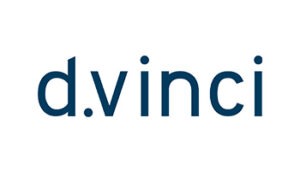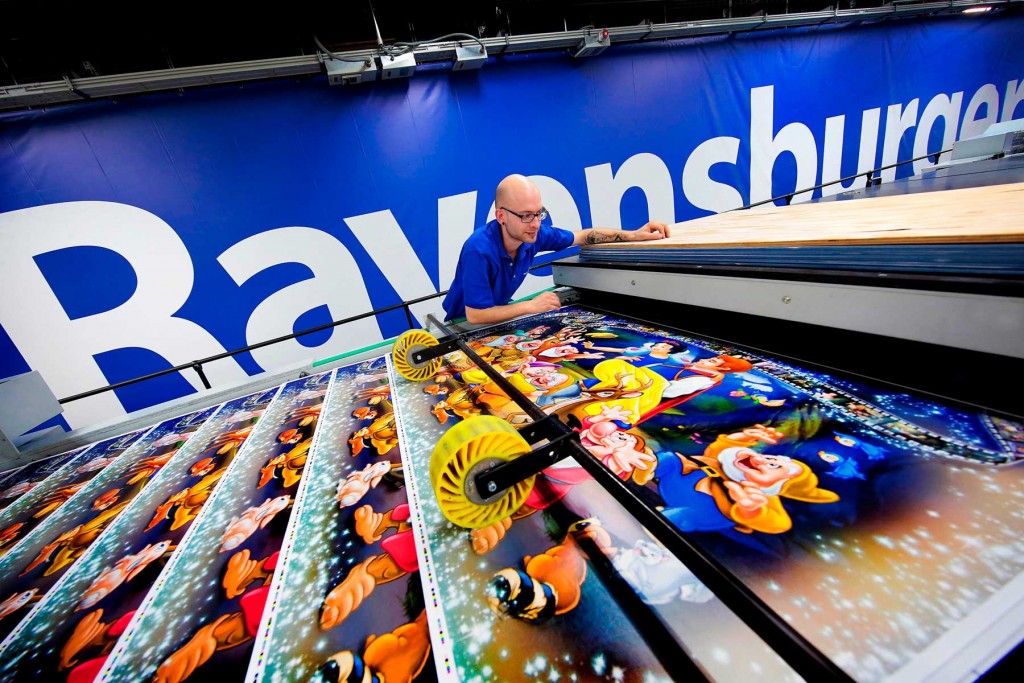
Guest post: Lara Jagdmann has been working at d.vinci since 2018 and is responsible for marketing.
When a new member is considered to join the team, it is sufficient as the first step for HR to tap the applicant’s competencies and skills. But as soon as it goes further, team members should be involved to decide on the applicant’s cultural and social fit. This applies on both sides: the applicant should also get a better picture of the company.
How Does Peer Recruiting Work?
Especially in times of a shortage of skilled workers, it is difficult to find good, suitable employees. By involving the team, the probability of hiring an employee who is a good fit and thus remains satisfied in the long term is increased. This notion can be referred to as peer recruiting or team-responsible employee recruitment. This means that many departments in the company are permitted and even expected to participate in the hiring process.
Participation can take various forms: many parties can take part in the hiring process, for example, by jointly developing the job advertisement or even being present at a trial work day and answering questions. Both sides should be able to decide whether working together is a good idea. The applicant will behave differently depending on the situation and the interviewer, which is completely normal.
By involving many people and going through as many work situations as possible, a realistic image of the applicant can be formed. It is important to have a relaxed, spontaneous conversation that develops throughout the interviews rather than work through a formal questionnaire. Those involved in these interviews can exchange views and opinions afterwards, describe their impressions and give a well-reasoned decision.
An important aspect of peer recruiting is the search for suitable candidates. It is often the case that potential new team members are not active, but rather only passively searching for a new position and therefore do not regularly look at job advertisement portals for new jobs. It is important to target these candidates using the right channels. Here, the company’s current employees can easily connect with future team members, as they are on the channels where the prospective candidates are, such as on particular social networks. For this, an employee referral program can also be useful.
The aim when hiring new team members is always to turn them into fully-fledged colleagues as quickly and easily as possible. The better a colleague fits in with the others, the better this can be achieved. By getting to fully know the candidates, suitable ones can be found and unsuitable ones excluded.

What To Avoid in Peer Recruiting
It is important to note that group interviews may or may not be a good choice. There is usually an imbalance because too many people participate in representing the company, which creates a kind of tribunal for the candidate and thus a lot of pressure. Assessment centers are also often not meaningful because results are produced without talking to the candidate personally.
Don’t think that HR no longer has any responsibilities if you decide to implement peer recruiting into your company. The tasks shift or split, and HR takes on the role of moderator and advisor, taking care of organizational and strategic tasks.
Advantages of Peer Recruiting
- The person specification is clearer, as many views are considered.
- Responsibility is delegated onto the team, as the placement of the job advertisement is not anonymous and does not just happen behind the scenes
- The candidates are approached without little power imbalance.
- Getting to know each other works particularly well for both sides: the team gets a personal impression that does not only consist of stories from the HR department and the candidate gets to know as many people from the future team as possible.
- Many votes = many “yes”es for the candidate. This means that the integration of the new team member can start immediately.
- All team members are involved in the familiarization and onboarding process.
If you want to learn more about the topic and how to implement peer recruiting, download d.vinci’s checklist on the topic.

Ravensburger Case Study
It now only takes a few clicks from referral to hire for games and book manufacturer Ravensburger. The company has successfully integrated d.vinci’s applicant tracking system into the Firstbird referral platform: this allowed Ravenstburger’s recruitment team to streamline the communication process between applicants and recruiters, and optimize data privacy regulations.